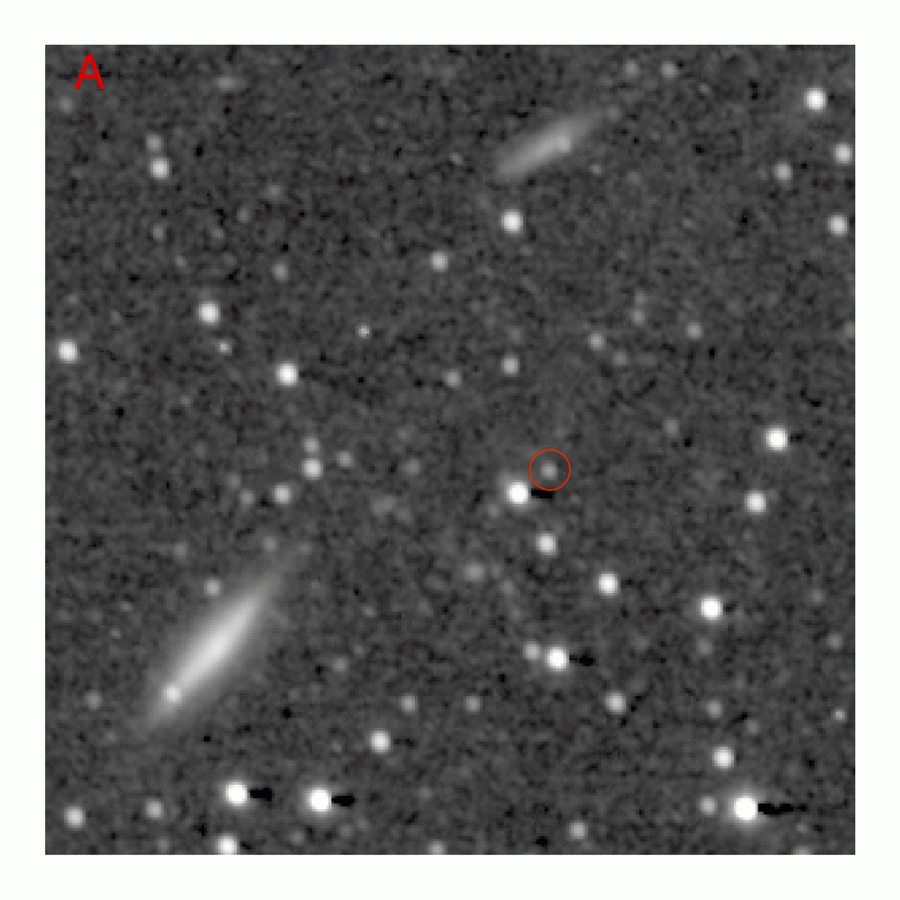Researchers at the UA have recently found evidence that may encourage confidence in an undiscovered ninth planet in our solar system.
While investigating the orbital periods of objects in the Kuiper Belt, Renu Malhotra and her team were able to hypothesize the possible size and location of the mysterious “ninth planet.” This research allowed Malhotra, regents’ professor in the UA Lunar and Planetary Laboratory, to hone in on the planet’s properties—something other researchers had been unable to do.
“We don’t know if the ninth planet is really there; there’s some intriguing evidence for it, but nothing is a slam dunk yet,” said Kat Volk, a post-doctoral researcher in the UA Department of Planetary Sciences and a co-researcher with Malhotra on this project. “We have to find it before we can know for sure.”
If planet nine were to exist, it would have a huge impact on the study of the solar system, Malhotra said. The planet is thought to be about 20 times further from Earth than Neptune, the farthest large planet we now know of.
While researchers used to think of the solar system as bounded to the Kuiper Belt, these recent discoveries are challenging those beliefs. A planet at 665 astronomical units (AU)—roughly the distance from the Sun to the Earth—from the Sun would be a game-changer for scientists’ study of the history of the solar system.
The search for planet nine began in 2014 when astronomers Scott Sheppard and Chadwick Trujillo published research on the peculiarities of the orbits of objects in the Kuiper Belt, Malhotra said. They suggested the cause of this clustering of objects might be a larger, unseen planet.
Earlier this year, researchers at Cal Tech revitalized the study of Kuiper Belt object clustering. They used theoretical calculations to make more detailed estimates as to the size and effects of a ninth planet, Malhotra said.
But Malhotra and her team noticed something the other researchers hadn’t.
The orbital periods of the Kuiper Belt objects, or the distance they took to go around the sun, were in small, whole number ratios. This discovery was uncommon for seemingly random objects to be in neat ratios with each other. Malhotra discovered that if the hypothetical planet had an orbital period of 665 AU, then the most distant objects would be in simple mean motion resonances with it, Volk said.
RELATED: UA graduate student discovers planet with three suns using the Very Large Telescope
Most Kuiper Belt objects have perihelion (the point in orbit closest to the Sun) distances not too far away from where Neptune is, so that tells us that they still interact strongly with Neptune at times, according to Volk. However, there is a population of distant, or “detached,” objects that don’t even come near the planets.
These detached objects would have had to form closer to the planets, so something must have pulled their orbits away from the planets, Volk said. This has led scientists to hypothesize about a “rogue” planet interacting with the orbits of the detached Kuiper Belt objects.
“By asking what kind of planet would produce these whole number ratios of the orbital periods, we were able to get a more specific orbital period of this planet and use physics as to what makes these special orbital period ratios, like 2-to-1 or 3-to-2”, Malhotra said.
Using these calculations also allowed them to estimate other specific properties of the planet. The planet would most likely be about the size of Neptune or Uranus, or 10 times the mass of Earth, according to Volk. Malhotra was able to say where in its orbit the planet would have to be in order to maintain the whole number ratios. And at such an extreme distance from the Sun, the planet would have to be very, very cold.
RELATED: Steward Observatory celebrates 100 years since its founding gift
Planet nine won’t remain a mystery forever. The UA is currently involved in building the Large Synoptic Survey Telescope (LSST), which is scheduled to be in full operation by 2021 and will have the capacity to survey the entire sky on a weekly basis. If the planet is large enough to cause the mean motion resonances we’re seeing in the Kuiper Belt, then it should be bright enough for the LSST to find, Volk said.
“I really like this problem because this is a question we will get to answer,” Volk said. “Some things we hope we can answer, but we don’t know. But we will certainly be able to figure out if there’s a 10-Earth-mass planet within a few hundred AU from us.”
Even if the planet doesn’t exist, we will still learn a lot by thinking about these possible resonances and how they might apply to exoplanet systems, according to Volk. Malhotra said that the very distant solar system is something we should care about.
Scientists know very little about the space beyond the Kuiper Belt and if the planet does truly exist, it may be able to provide some answers to important questions about comets, the way planets form and the history of our own solar system.
“My view of all the evidence we have is that it’s intriguing, but it’s not definitive,” Malhotra said. “Finding these clusterings and whole number period ratios is not impossible by chance. It’s all in the 1 percent range of these things being by chance. It’s possible that there is no planet there, but because we are seeing at least two different lines of low probability evidence, I hold out the possibility that there is a planet.”
Follow Hannah Dahl on Twitter.









